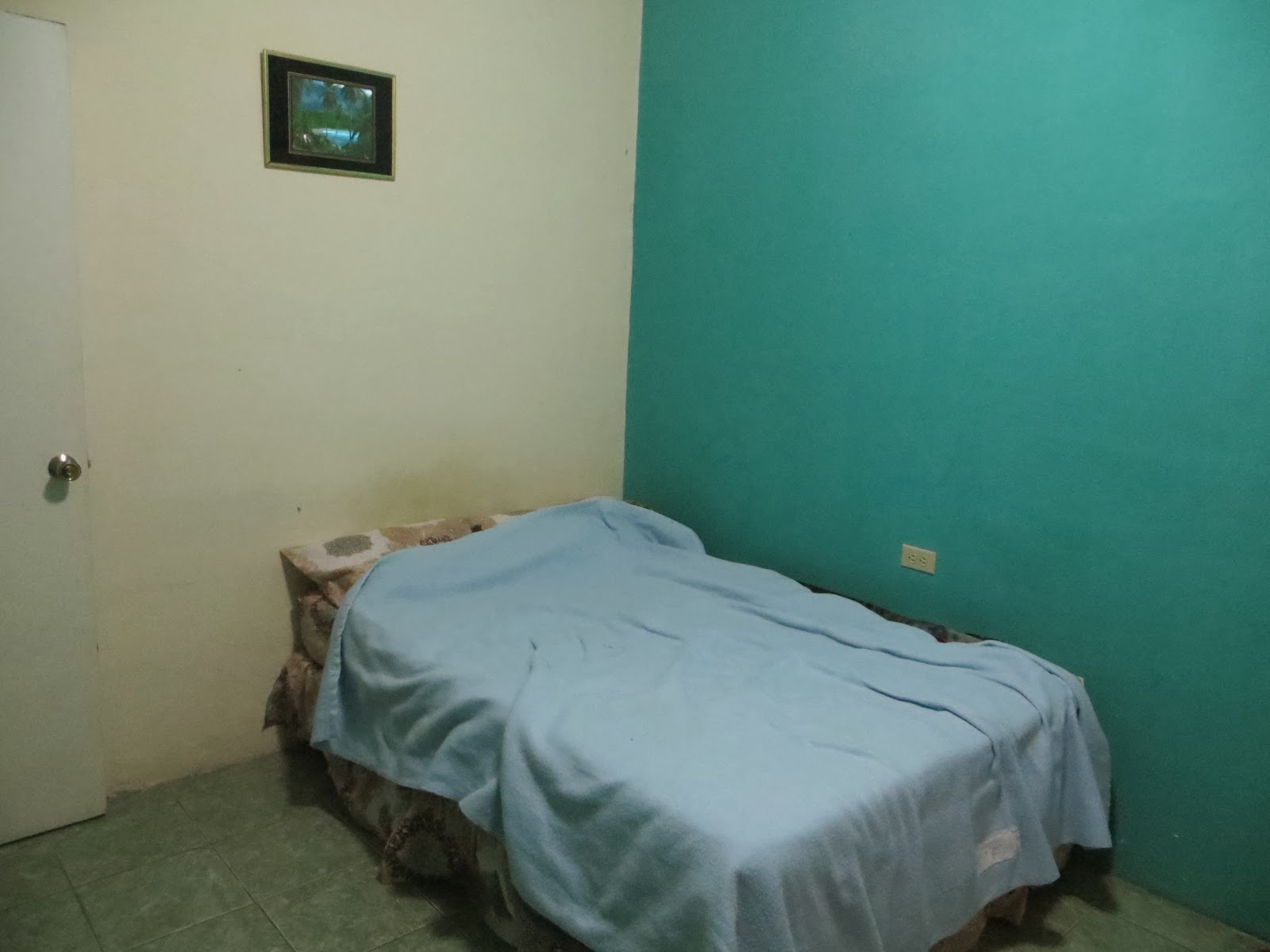I
know that after I've said a sad goodbye to the Comision de Accion Social
Menonita and have returned to Canada, I will talk fondly to my friends about
having had the amazing opportunity to travel around so much of Honduras through
my work in all seven regions of CASM.
But tonight I’m in a down-market hotel room
in teeny La Campa, sitting under a hideous fluorescent doughnut light while
dining on weird little coconut sticks I packed in my bag knowing that I’d be
dead bored by Day 3 with the limited food selection here. There’s absolutely
zilch on the 13-inch TV. I’m a very long bus ride away from home and am marking
my 14th day of out-of-town work in the last three and a half weeks.
And I am not feeling the love.
A job that involves travel sounds great
until you actually have one. I remember having that same revelation as a
newsroom manager in Victoria, when the excitement I felt at my first company
trip to Toronto died quickly once I realized just how many hours are lost in
transit, and how even a nice hotel room is a poor substitute for your own bed
back home.
At any rate, my Honduras travels don’t come
with the option of a nice hotel room – partly because the little towns where
CASM works simply don’t have such things, and partly because when you’re making
$10,000 a year and paying much of the travel expenses out of your own pocket,
you make very different choices.
The rooms are never dirty, but they’re
certainly basic. Some have hot showers; others have a cold-water pipe coming
out of the wall. A few of the rooms have been unnerving, like the one in the
Moskitia with its flimsy little push-button door lock and no one but me in the
entire building most nights. There’s a place in Tocoa that I treasure because
it has a small pool, a lot of TV channels and better internet than we’ve got at
home, all for $22 a night. But that’s a rare thing.
Then there’s the restaurant food. It gets
tiresome pretty fast for a business traveller even when there are lots of
places to choose from. But small-town Honduran food – well, just imagine eating
the same meal three times a day for a week and you’ll get the picture. That’s
why I packed the coconut sticks, along with 6 mandarin oranges and a small bag
of apples. Bless those who can eat simply, but the tipico plate of beans, tortillas and spot of protein that a lot of
Hondurans are completely content with as a steady diet just doesn’t do it for
me this long into the gig.
And even when I’m prepared to eat a plate
of tipico, there are times when I
have no idea where to find one. People who live in La Campa know that you walk
down the dirt road to an unmarked house on the right and the woman there will
serve you something, but I had no idea the first time I was here and basically
lived on chips from the corner store. In
the strange little town where I stay when in the Moskitia, nobody sells fruit
or vegetables (that’s the case in La Campa, too), and access to a meal totally
depends on whether Doña Doris is back from visiting her kids in La Ceiba and Doña
Rosa isn’t too busy with her teaching.
Then there are the bus rides. The shortest
is four hours to San Pedro Sula, but most trips are closer to six hours. The
monster trip is to Tocoa, where I’ll be going in another week – 10 hours. I’ve
become a master at zoning out, and sometimes I even sleep if my knees aren’t
jammed into the seat in front of me and the person next to me isn’t talking
loudly on their cellphone, trying to soothe their baby while balancing an
8-year-old on their knee, or throwing up (surprising amount of motion sickness
among Honduran bus riders).
Yeah, yeah, I’m whining. Blame it on the
coconut sticks. But as soon as I finish this post, I’m going to look at the
video clips I got today of a solemn little group of La Campa Catholics enacting
a ritual in honour of the patron saint of the town, Matthias, and I’ll probably
feel all warm and fuzzy again thinking about all the things I’ve had the chance
to see these past two years due to travelling the country for work.
And then I’ll crawl into my plain but not
uncomfortable bed, dim the fluorescent doughnut, and be one more day closer to
going home.







